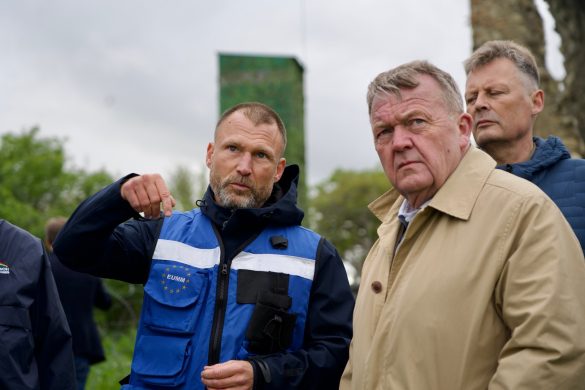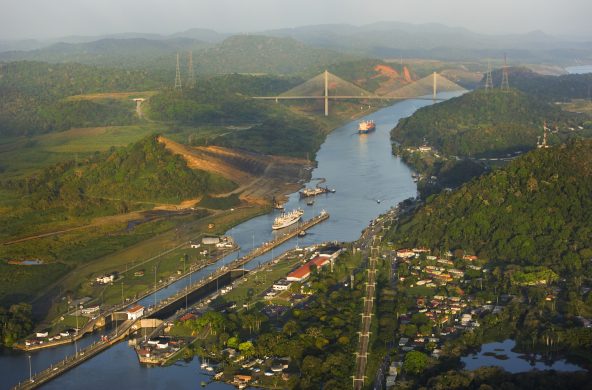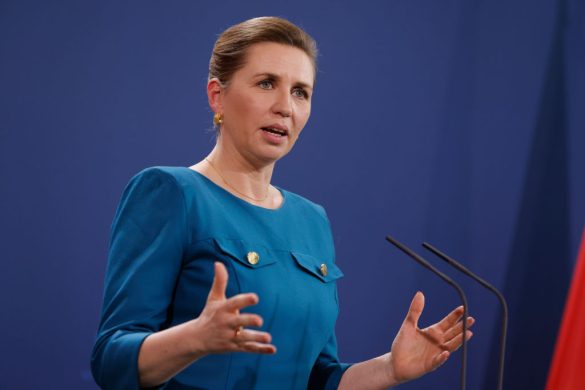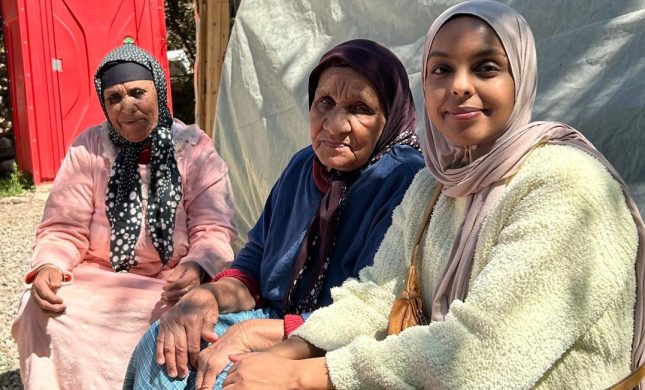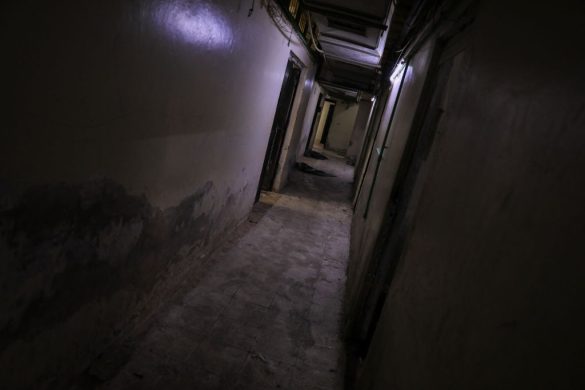A long-delayed plan to build a gigantic dam in Laos comes under international scrutiny this week as the World Bank is hosting a series of consultations in a bid to win over a host of opponents of the controversial project, reports the World Bank press review Monday.
The first stop will be on Tuesday in Thailand, which has already signed a five-billion-dollar contract to buy electricity produced by the Nam Theun II dam for 25 years. The tour then moves on to Tokyo, Paris and Washington before ending in the Lao capital Vientiane on September 24.
The trip promises to yield lively debates, bringing together proponents and critics of the project in workshops that will gather government agencies and non-governmental groups, journalists, experts, environmentalists, and private companies.
One major concern relates to the social impact the 1,3 billion-dollar project will have on 5.700 people who will be forced to leave their homes to make way for the dam, intended to start generating electricity from 2009.
Other concerns involve its impact on the environment, its economic rationale and the governments management of the significant investment funds. While there are some who merely want to ensure it is handled responsibly, others are against it going ahead at all.
The dam is to be built some 250 kilometers southeast of Vientiane on the Nam Theun, a tributary of the Mekong river which cuts across much of Indochina. It requires a financial guarantee from the World Bank which, under pressure particularly from environmental protection groups, has made its support conditional on rigorous social and environmental criteria.
– The World Bank required these consultations of us, said Nam Theun II Power Co. Ltd. spokesman Ludovic Delplanque. – It is an exercise of good governance for the Lao government and its private partner. Nam Theun II is almost a research laboratory in term of sustainable development. Never to my knowledge have the studies been pursued so long, he said.
The World Bank has to make a decision by May 2005 to allow work to commence on schedule. Indeed seldom have so many reports, studies, assessments, debates been necessary for a construction project of this type.
The project is important to Laos, which has based a good part of its development strategy in the coming years on income from the dam. It is also important for Thailand, which is counting on it to provide electricity to 17 provinces from 2009 and reduce its dependence on imported oil.
But it is even more important for the World Bank. The Nam Theun dam is its first major infrastructure project since the 1980s when it left this arena of development to the private sector. In Vientiane, the communist authorities realize this will be a test of their ability to prove their management abilities and transparency.
A number of environmental groups have supported the project as it would lead to preservation of forest areas surrounding the dam. – The World Banks role in the project is providing a guarantee against political risk, Peter Stephens, World Bank spokesman for Southeast Asia, said.
– This is why we are so detailed in looking at all aspects of the project – from resettlement of the thousands of people who would have to move from the area to be flooded, through to how the revenue for the project and from the project would be managed in a way that actually alleviates poverty, added he.
The Nation (Thailand) meanwhile comments in Sundays editorial that Thailand, as the primary market for the Dams power, should ensure that the Bank is following the World Commission on Dams (WCD) recommendations that no dam be built without the informed agreement of the people likely to be affected.
– We must ensure that the Lao villagers who are going to be affected have been able to engage in a free exchange with other villagers either in Laos or here in Thailand who have been resettled as a result of dam projects, writes the daily.
– These villagers need to be able to ask the right questions and determine whether their compensation is appropriate…Of major importance at the meeting will be how cash-strapped Laos has not been afforded the opportunity to avail itself of any alternative approaches to generating foreign exchange.
– Fifteen years ago the Asian Development Bank decided Laos should become a “battery” for Thailand and Southeast Asia. Some 50 major hydropower projects were identified, but no alternative approaches were evaluated, notes The Nation.
Kilde: www.worldbank.org





